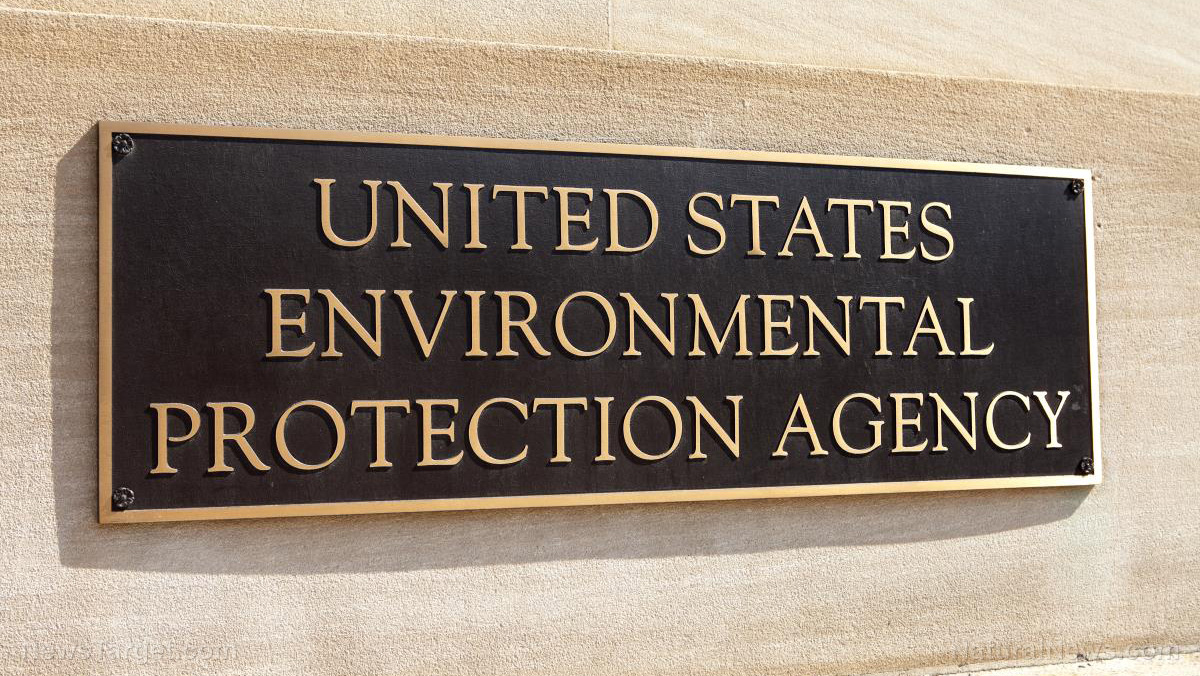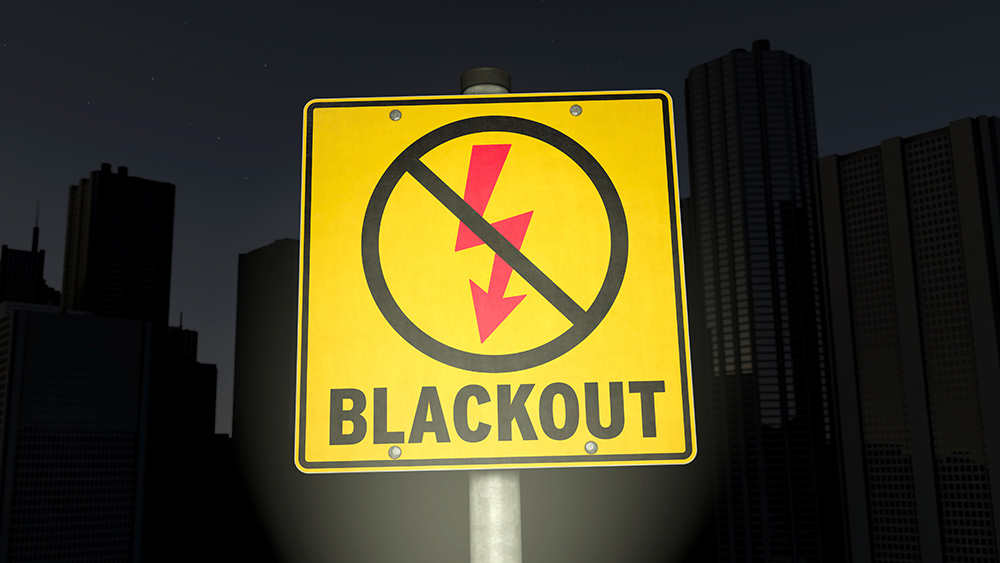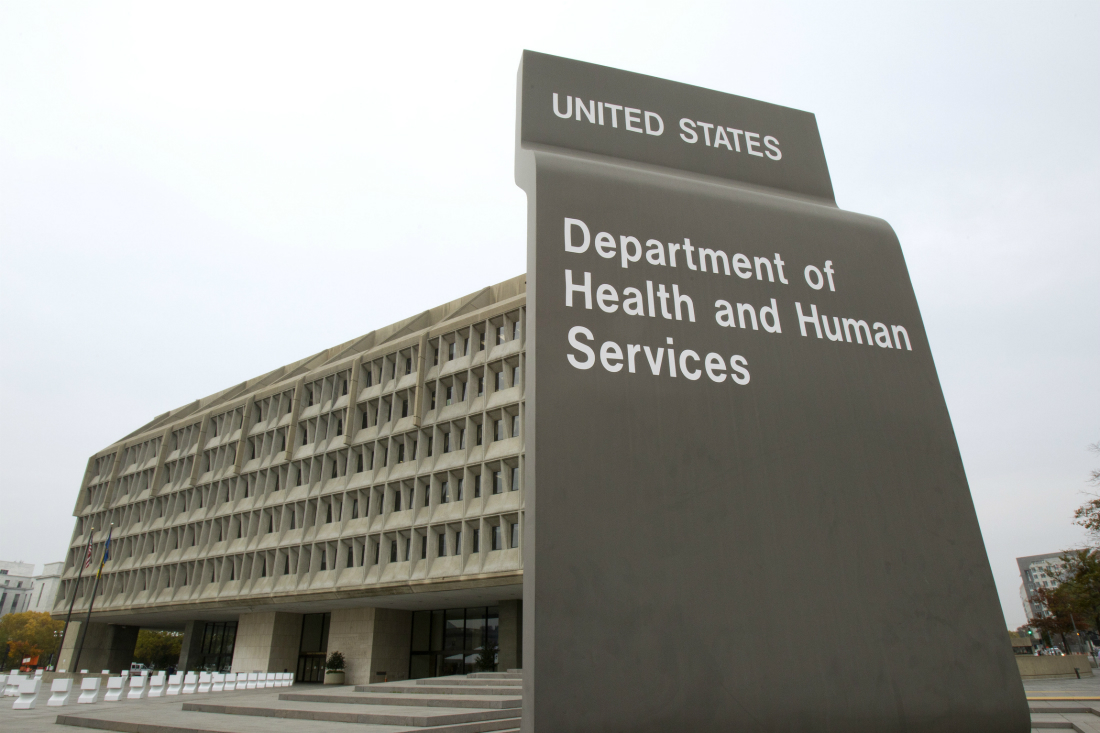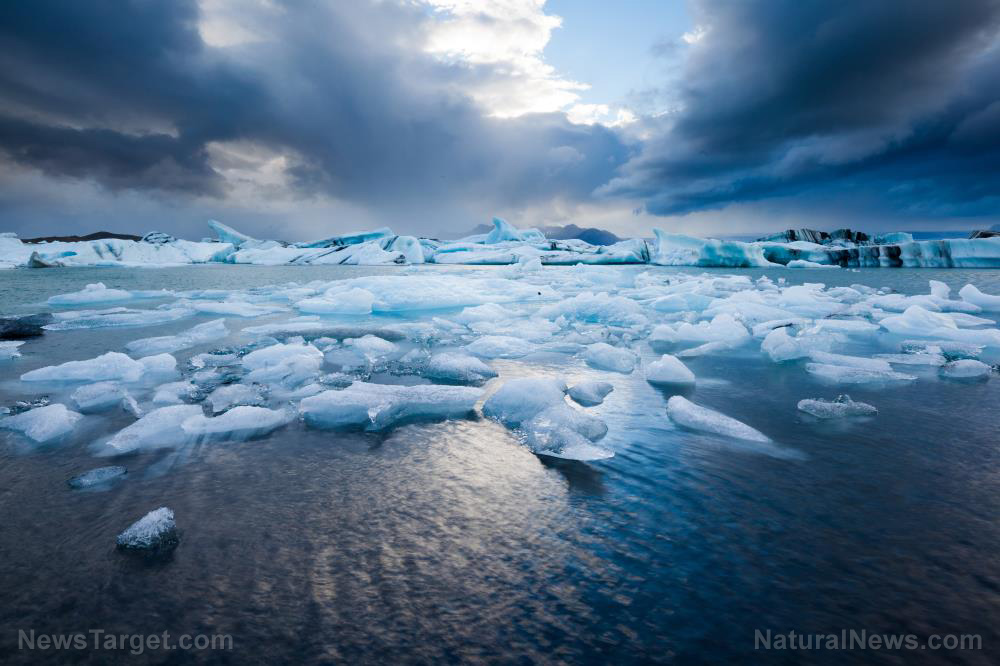"Poison Spring" describes in detail how the corrupt EPA refuses to hold industries accountable for their pollution
- "Poison Spring" by E.G. Vallianatos and McKay Jenkins reveals how the EPA has been compromised by industry influence, turning from a protector of public health and the environment into an agency that prioritizes corporate interests.
- The shift towards industrial-scale agriculture during the Cold War era, prioritizing national security and economic growth, marks the beginning of widespread use of toxic chemicals, leading to environmental and health concerns.
- The EPA's Office of Pesticide Programs is highlighted as a prime example of regulatory failure, often approving dangerous chemicals based on flawed risk assessments and cost-benefit analyses that prioritize corporate profits.
- The book details the severe health consequences faced by workers exposed to hazardous chemicals, including farmworkers poisoned by pesticides and factory workers who suffered long-term health damage.
The book "
Poison Spring: The Secret History of Pollution and the EPA" by E.G. Vallianatos and McKay Jenkins uncovers the troubling extent to which the
Environmental Protection Agency (EPA) has been infiltrated by the industries it is meant to regulate.
Published in 2014, the book details how decades of political influence, corporate lobbying and deregulatory policies have eroded the EPA's mission to protect public health and the environment. The authors argue that the agency has become a "captured agency," twisting its regulatory framework to serve corporate interests rather than the public good.
The EPA, established in 1970 to address growing concerns over environmental degradation, was once a beacon of environmental protection. However, "Poison Spring" reveals how both Democratic and Republican administrations have enabled the
influence of powerful industries – such as chemical and agricultural conglomerates — with tens of billions of dollars in resources to steer the EPA away from its original mission. These industries have successfully promoted an agenda of unregulated capitalism, shifting the government's focus from public health to corporate profit.
The book highlights the EPA's handling of pesticides, herbicides and other chemicals as a glaring example of regulatory failure. The EPA's Office of Pesticide Programs, responsible for evaluating and regulating toxic substances, has been influenced by industry interests, leading to flawed "risk assessments" and "cost-benefit analyses" that prioritize corporate profits over human and ecological health.
The authors provide chilling examples, such as the EPA's approval of a promotional slogan for pesticide companies: "This insecticide is dedicated to a healthier world."
Historical context is crucial to understanding the EPA's decline. During the Cold War era, the U.S. government prioritized the expansion of agribusiness to support national security and economic growth. This shift away from small, family-run farms toward industrial-scale agriculture led to
widespread use of toxic chemicals, raising concerns among ecologists and health experts. The authors describe this as the beginning of a "genetic catastrophe," where the environment and human health were increasingly compromised for the sake of economic efficiency.
The revolving door between government and industry further exacerbates the problem. Former EPA officials often move to leadership positions in the very industries they once regulated, undermining the agency's ability to act independently. This practice has created a culture where corporate interests often take precedence over public welfare.
"Poison Spring" also sheds light on the human cost of regulatory negligence. The book recounts stories of workers exposed to hazardous chemicals, such as farmworkers poisoned by pesticides and factory workers who became "yellow canaries" – a grim reference to the way canaries were used as early detection devices for toxic air in coal mines. These workers often bore the brunt of the EPA's failures, suffering severe health consequences as a result of inadequate protections.
The authors criticize the EPA's approach to pesticide regulation, arguing that the agency's reliance on industry-supplied data has led to the approval of dangerous chemicals without proper testing. They also expose the EPA's "tolerance" levels for pesticides in food as more about legal loopholes than protecting public health.
In response to these failures, Vallianatos and Jenkins call for a complete
overhaul of the EPA. They advocate for stricter regulations, greater transparency and a ban on harmful chemicals. The authors also emphasize the need to return to sustainable farming practices and reduce reliance on toxic chemicals.
"Poison Spring" serves as a cautionary tale, reminding readers that regulatory agencies like the EPA are only as strong as the public pressure demanding their accountability. As the book asserts, without vigilant oversight, even the most well-intentioned institutions can fall prey to corporate interests. The lessons of "Poison Spring" are more relevant than ever, as the nation grapples with environmental challenges that demand immediate and bold action.
Watch this video discussing in detail E.G. Vallianatos and McKay Jenkins' groundbreaking investigation into corruption in the EPA in the book "Poison Spring: The Secret History of Pollution and the EPA."
This video is from the
BrightLearn channel on Brighteon.com.
Sources include:
Brighteon.ai
Brighteon.com











